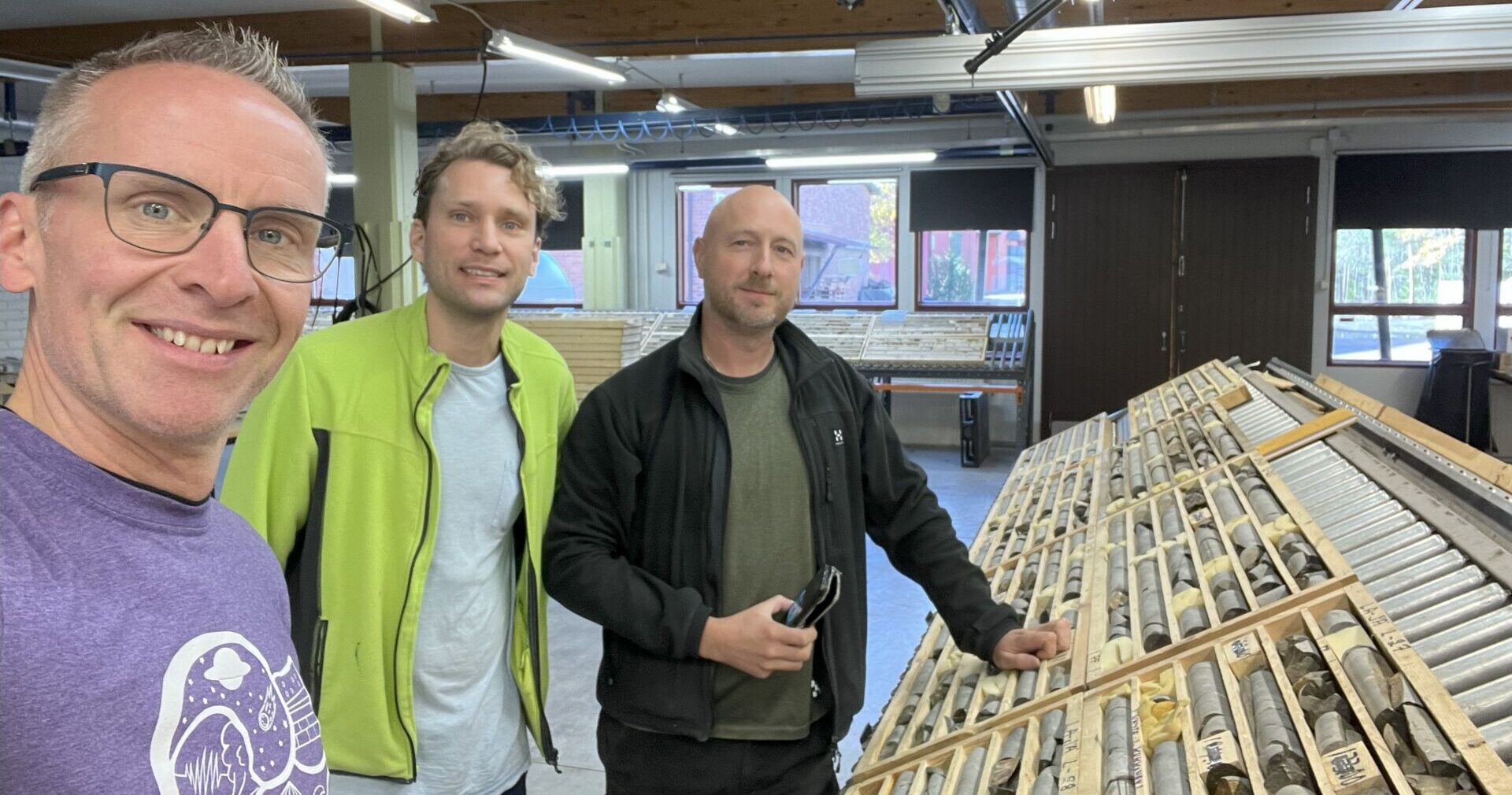Science
Researchers Date Microbial Life’s Origins in Meteorite Crater

An international team of researchers has confirmed the dating of ancient microorganisms in a meteorite crater, revealing critical insights into the origins of life on Earth. The study, published in the journal Nature Communications, indicates that microbial life began to establish itself millions of years after a meteorite impacted the Lappajärvi impact crater in Finland, which is approximately 78 million years old.
This groundbreaking research, led by a collaboration that includes Gordon Osinski from Western University, provides evidence supporting the theory that meteorite impacts can create habitable environments. The findings suggest that the conditions following such impacts may be conducive to the emergence of life, not only on Earth but potentially on other planetary bodies as well.
Significant Findings from the Crater
The discovery marks the first time scientists have successfully linked microbial activity directly to a meteorite impact using geochronological methods. According to Henrik Drake, a professor at Linnaeus University in Sweden and the study’s senior author, the research reveals that the Lappajärvi impact event created a warm, wet environment suitable for microbial colonization shortly after the initial impact.
Osinski, who played a crucial role in sampling and analyzing geological data from the crater, expressed excitement about the implications of the research. “This is incredibly exciting research as it truly connects the dots for establishing life on Earth for the first time,” he noted. Previous evidence had shown that microbes could colonize impact craters, but the timeline for when this occurred remained uncertain.
The team utilized various isotopic analyses of mineral fillings in the rock fractures to demonstrate that microbial colonization began within a few million years post-impact. This process occurred in the crater’s hydrothermal system, with temperatures reaching around 47°C. Hydrothermal systems are characterized by the circulation of heated water through underground fractures, which alters the chemical composition of the fluids.
Evidence of Lifelong Habitats
The researchers also discovered chemical signatures indicating microbial sulfate reduction, a crucial process for life. Sulfur is essential for many life forms, and the presence of its reduction in the crater supports the notion that these microorganisms thrived in this environment.
Further analysis revealed mineral formations that emerged more than 10 million years after the meteorite impact, showing signs of both methane production and consumption. This finding signifies prolonged microbial activity, providing a richer understanding of life’s resilience following catastrophic events.
“This gives us a timeline for how life finds a way after a catastrophic event,” said Jacob Gustafsson, a PhD student at Linnaeus University and the study’s first author. The ability to pinpoint when microbial colonization occurred adds a new dimension to our understanding of life’s origins on Earth.
As research continues, the implications of these findings could extend beyond our planet, offering insights into the conditions necessary for life elsewhere in the universe. The work at the Lappajärvi impact crater stands as a testament to the enduring quest to understand how life can emerge and thrive in even the most challenging environments.
-

 Politics4 weeks ago
Politics4 weeks agoSecwepemc First Nation Seeks Aboriginal Title Over Kamloops Area
-

 World5 months ago
World5 months agoScientists Unearth Ancient Antarctic Ice to Unlock Climate Secrets
-

 Entertainment5 months ago
Entertainment5 months agoTrump and McCormick to Announce $70 Billion Energy Investments
-

 Science5 months ago
Science5 months agoFour Astronauts Return to Earth After International Space Station Mission
-

 Lifestyle5 months ago
Lifestyle5 months agoTransLink Launches Food Truck Program to Boost Revenue in Vancouver
-

 Technology3 months ago
Technology3 months agoApple Notes Enhances Functionality with Markdown Support in macOS 26
-

 Lifestyle3 months ago
Lifestyle3 months agoManitoba’s Burger Champion Shines Again Amid Dining Innovations
-

 Top Stories2 months ago
Top Stories2 months agoUrgent Update: Fatal Crash on Highway 99 Claims Life of Pitt Meadows Man
-

 Politics4 months ago
Politics4 months agoUkrainian Tennis Star Elina Svitolina Faces Death Threats Online
-

 Sports5 months ago
Sports5 months agoSearch Underway for Missing Hunter Amid Hokkaido Bear Emergency
-

 Politics5 months ago
Politics5 months agoCarney Engages First Nations Leaders at Development Law Summit
-

 Technology5 months ago
Technology5 months agoFrosthaven Launches Early Access on July 31, 2025





















